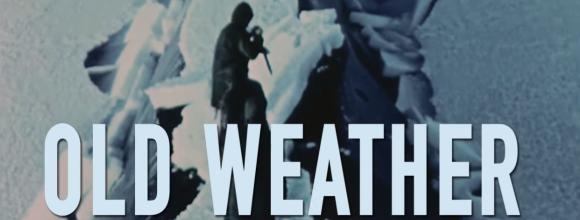 One of the better ways to tell if a model works at predicting the future is to run it in reverse to see how well it predicts the past. Climate change models so far have had their limitations. Most current models have significantly underestimated the rate of climate change. But where does one find accurate climate data for the last century or two? For more than a decade climate scientists have been using weather observations from ship’s logs to build the database they need to track climate conditions over time.
One of the better ways to tell if a model works at predicting the future is to run it in reverse to see how well it predicts the past. Climate change models so far have had their limitations. Most current models have significantly underestimated the rate of climate change. But where does one find accurate climate data for the last century or two? For more than a decade climate scientists have been using weather observations from ship’s logs to build the database they need to track climate conditions over time.
Thousands of ships logs with millions of weather observations have been collected and have provided a veritable treasure trove of climate data. One problem, however, is how to convert information recorded in pen and ink on paper in the old logs into a form that can be used for analysis in computer models.
In the United States, the National Oceanic and Atmospheric Administration (NOAA) has organized the Old Weather Project which recruits citizen-scientists to transcribe ship’s logs into useable climate data. As reported by Reuters: Thousands of Old Weather volunteers have extracted millions of observations about barometric pressure, wind speed, air temperature and ice from the old logbooks. These are fed into a huge dataset at the U.S. National Oceanic and Atmospheric Administration, creating what NOAA calls “a dauntingly complex, high-resolution, four-dimensional reconstruction of the global climate that estimates what the weather was for every day back to 1836.” Or, as NOAA has nicknamed it, “a weather time machine.”
Much of the focus of the Old Weather Project has been ship’s logs from the Arctic and northern waters. In the Southern Hemisphere, New Zealand’s National Institute of Water and Atmospheric Research (NIWA) sponsors the Southern Weather Discovery Project that also relies on volunteers to “capture old weather data from epic Southern Ocean voyages and Antarctic explorations to prepare for future changes.”
Old Weather: Citizen Scientists
Thanks to Doug Bostrom for contributing to this post.

There’s just nothing better than a loonnnngg data set!